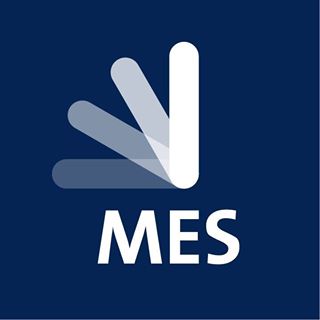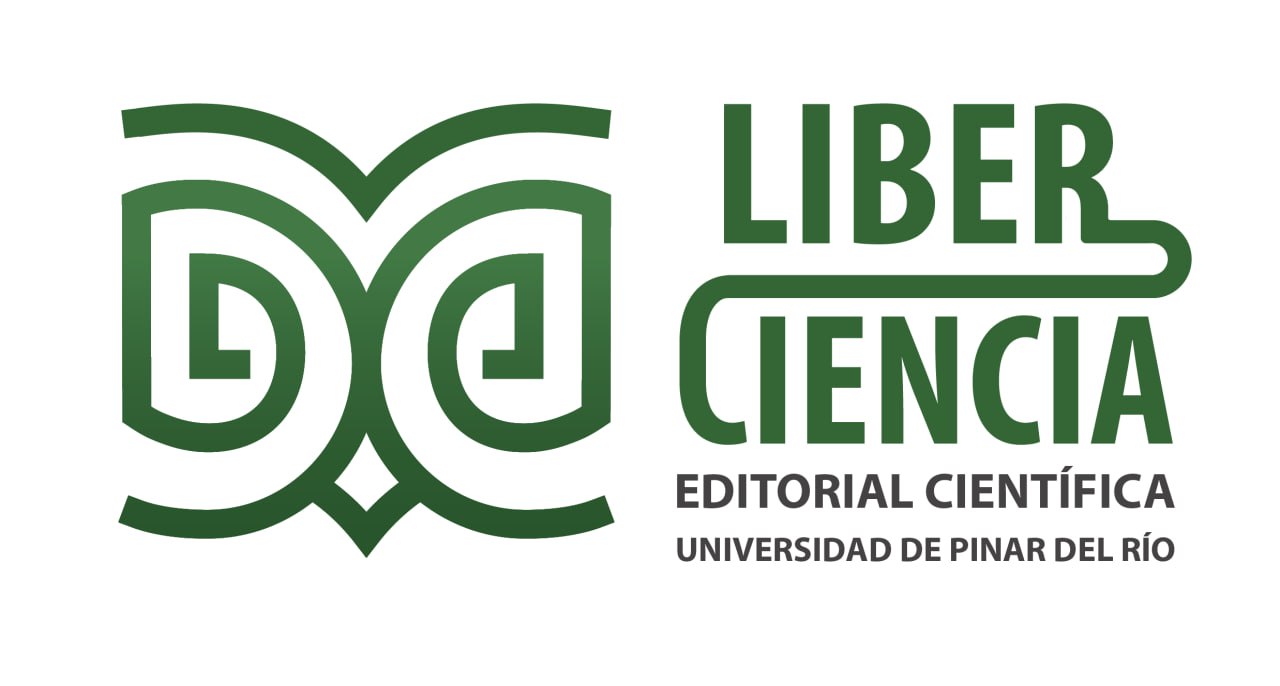Actions to promote the planning of physical education classes in an inclusive context II Taller "Actividad Física y Deporte"
Main Article Content
Abstract
Nowadays, inclusive education is considered a model that attends to diversity, in order to favor the learning and participation of students from their differences; which requires the preparation of the teacher to plan teaching-learning activities in a space where everyone learns, but in different ways. In this sense, the work presented here aims to propose actions that favor the planning of Physical Education classes in an inclusive context, as part of the university assignment in the postgraduate training of graduates of the Physical Culture career. Historical-logical, analysis-synthesis and inductive-deductive methods were used in the study of the theoretical assumptions that support the inclusion of students with disabilities in Physical Education; in addition to the work with documents in the review of specialized literature and that which regulates the methodological work of 17 teachers of primary schools in the municipality of Pinar del Río, as a starting point for the inclusive treatment of their classes. Thus, a work sheet was established for the planning of curricular adaptations that makes it possible to adjust the components of the educational process, supported by the delimitation of basic methodological indications and adaptive suggestions, according to the student's disability, in function of his participation with the group-class in equal opportunities. Consequently, the actions are implemented as part of the methodological activities of the professionals under study, which are reverted in the planning of their classes with an inclusive approach.
Downloads
Article Details

This work is licensed under a Creative Commons Attribution-NonCommercial 4.0 International License.
References
Espinosa Telles, Y. (2014). Metodología para la atención físico-educativa de niños con diagnóstico de retraso mental leve, que padecen de asma bronquial. (Tesis Doctoral). Facultad de Cultura Física de Granma.
Figueredo Frutos, L. L. (2011). Metodología para la atención educativa a escolares autistas con bajo nivel de funcionamiento desde la Educación Física Adaptada. (Tesis Doctoral). Universidad de Ciencias de la Cultura Física y el Deporte "Manuel Fajardo".
Gomendio, M. (2000). Educación Física para la integración de niños con necesidades educativas especiales. programa de actividad física para niños de 6-12 años. GYMNOS.
González Ramírez, N., segura Rodríguez, I., & Leyva Rodríguez, N. (julio-septiembre de 2016). Indicadores para la evaluación de habilidades motrices: lanzar y golpear en niños de 6 años con necesidades educativas especiales. DeporVida, Vol. 13(29), 47-56.
Maqueira Caraballo, G. (2005). Metodología para la caracterización psicomotriz y social-familiar de los menores que presentan Estrabismo y Ambliopía. (Tesis Doctoral). Universidad de Ciencias de la Cultura Física y el Deporte "Manuel Fajardo".
Martín, D. M., Navarro, Y., & Lantigua, L. (2017). Teorías que promueven la inclusión educativa. Atenas, 4(40), 1-9. https://www.redalyc.org/articulo.oa?id=478055150007
Organización de las Naciones Unidas para la Educación, la Ciencia y la Cultura. (2020). Global Education Monitoring Report. ODS 4. Educación. https://es.unesco.org/gem-report/node/1346
Palacio González, D. M. (2019). La adaptación de las tareas motrices de la educación física. Una metodología para la inclusión de escolares con discapacidad físico-motora, en la escuela primaria. Editorial Samuel Feijóo, Universidad Central "Marta Abreu" de Las Villas.
Pascual Fis, S. A. (2007). Actividades Físicas Adaptadas en las necesidades educativas especiales. La Habana, Cuba: Deportes.
Ríos Hernández, M. (2003). Manual de Educación Física adaptada al alumnado con discapacidad (primera ed.). Paidotribo.
Ríos Hernández, M. (2009). La inclusión en el área de Educación Física. Análisis de las barreras para la participación y el aprendizaje. Ágora para la Educación Física y el Deporte (9), 83-114.
Sánchez, X. y Puentes, T. (2019). La superación del maestro ambulante que atiende educandos con discapacidades físico-motoras por parálisis cerebral. Mendive, 17(2), 204-221. http://mendive.upr.edu.cu/index.php/MendiveUPR/article/view/1517
Toro, S., y Zarco, J. A. (1995). Educación Física para los niños y niñas con necesidades educativas especiales. Aljiba. Vera Pagaza, M. (2018). La educación inclusiva: compromiso de una sociedad. UNIFE. EDUCACIÓN.
Zegers Reinoso, A. E., Bustamante Vilches, B. A., Alvares Jeldes, E. G., Mahan Varas, M. C., Moena Peñaloza, P. I., y Reyno Freundt, A. M. (2016). Actividades y organización de las clases de Educación Física en presencia de un alumno en situación de discapacidad. EmásF, (41), 96-107.




